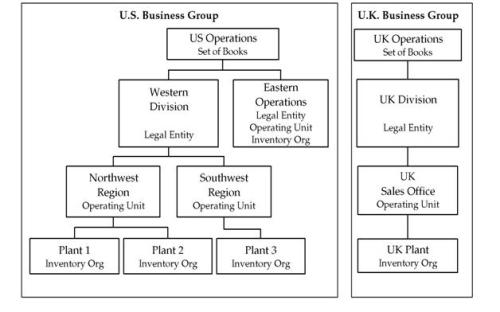BEGIN
/*
SELECT * FROM GL_INTERFACE
MANDATORY FIELDS
STATUS
ACCOUNTING_DATE
CURRENCY_CODE
DATE_CREATED
CREATED_BY
ACTUAL_FLAG
USER_JE_CATEGORY_NAME
USER_JE_SOURCE_NAME
*/
— GL > JOURNALS > IMPORT > RUN
INSERT INTO GL_INTERFACE (
LEDGER_ID ,
STATUS ,
SET_OF_BOOKS_ID ,
USER_JE_SOURCE_NAME ,
USER_JE_CATEGORY_NAME ,
ACCOUNTING_DATE ,
CURRENCY_CODE ,
DATE_CREATED ,
CREATED_BY ,
ACTUAL_FLAG ,
— ENCUMBRANCE_TYPE_ID ,
— BUDGET_VERSION_ID ,
USER_CURRENCY_CONVERSION_TYPE ,
CURRENCY_CONVERSION_DATE ,
CURRENCY_CONVERSION_RATE ,
SEGMENT1 ,
SEGMENT2 ,
SEGMENT3 ,
SEGMENT4 ,
SEGMENT5 ,
SEGMENT6 ,
SEGMENT7 ,
SEGMENT8 ,
SEGMENT9 ,
ENTERED_DR ,
ENTERED_CR ,
ACCOUNTED_DR ,
ACCOUNTED_CR ,
PERIOD_NAME ,
REFERENCE1 ,
REFERENCE2 ,
REFERENCE4 ,
REFERENCE5
)
values
(
2021 , — SELECT * FROM GL_SETS_OF_BOOKS
‘Y’ , — i.STATUS
2021 , — SELECT * FROM GL_SETS_OF_BOOKS (Trading Companies SOB)
‘Manual’ , — SELECT * FROM GL_JE_SOURCES WHERE JE_SOURCE_NAME LIKE ‘Manual’
‘SSE Manual’ , — SELECT USER_JE_CATEGORY_NAME FROM GL_JE_CATEGORIES WHERE USER_JE_CATEGORY_NAME LIKE ‘SSE%’
SYSDATE , — i.ACCOUNTING_DATE
‘AED’ , — i.CURRENCY_CODE
sysdate , — DATE_CREATED
1090 , — fnd_global.user_id
‘A’ , — i.ACTUAL_FLAG — A Actual , B – Budget E – Encumbrance
— i.ENCUMBRANCE_TYPE_ID ,
— i.BUDGET_VERSION_ID ,
” , — i.USER_CURRENCY_CONVERSION_TYPE
” , — i.CURRENCY_CONVERSION_DATE
” , — i.CURRENCY_CONVERSION_RATE
’02’ , — SELECT * FROM GL_CODE_COMBINATIONS_KFV WHERE SEGMENT1 = 02
’01’ , — SELECT * FROM GL_CODE_COMBINATIONS_KFV WHERE SEGMENT2 = 01
’01’ , — SELECT * FROM GL_CODE_COMBINATIONS_KFV WHERE SEGMENT3 = 01
’05’ , — SELECT * FROM GL_CODE_COMBINATIONS_KFV WHERE SEGMENT4 = 05
’00’ , — SELECT * FROM GL_CODE_COMBINATIONS_KFV WHERE SEGMENT5 = 00
’00’ , — SELECT * FROM GL_CODE_COMBINATIONS_KFV WHERE SEGMENT6 = 00
’01’ , — SELECT * FROM GL_CODE_COMBINATIONS_KFV WHERE SEGMENT7 = 01
‘981100’ , — SELECT * FROM GL_CODE_COMBINATIONS_KFV WHERE SEGMENT8 = 981100
’00’ , — SELECT * FROM GL_CODE_COMBINATIONS_KFV WHERE SEGMENT9 = 00
2300 , — i.ENTERED_DR
2300 , — i.ENTERED_CR
2300 , — i.ACCOUNTED_DR
2300 , — i.ACCOUNTED_CR
‘JUN-10’ , — i.PERIOD_NAME (PERIOD SHOULD BE OPEN )
SYSDATE , — i.REFERENCE1
‘INSERTED BY CUSTOM GL INT’ , — i.REFERENCE2
‘INSERT’ , — i.REFERENCE4 ( REFERENCE4 it takes in JE NAME )
‘SSE’ — i.REFERENCE5
);
END;
begin
XX_GL_INTERFACE;
end;


Recent Comments